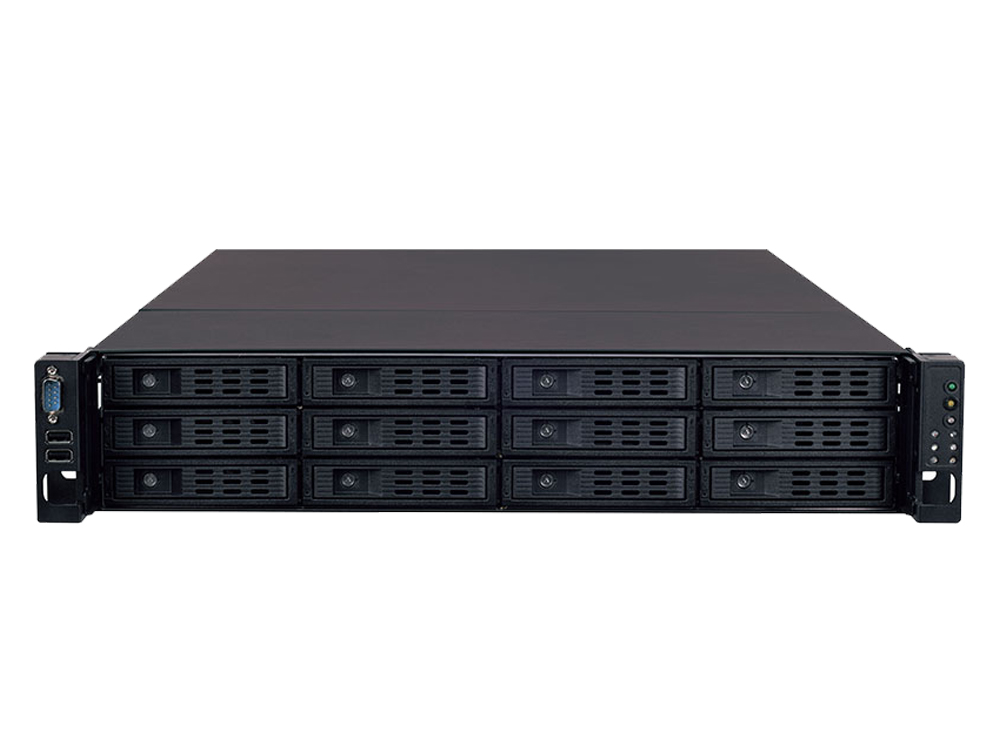Accelerating Deployment of Secure, Immersive Telehealth Services
Due to COVID-19 pandemic, medical facilities are seeking next-generation IT solutions to offer AI architecture for health data analytics and immersive remote healthcare demands. The emerging edge computing technologies, such as Edge AI and SD-WAN, enable accelerated graphical computing for medical pattern diagnosis and ensure multi-WAN connectivity so that doctors can conduct telemedicine with their patients through video conferencing.
Lanner has a wide portfolio of network appliances designed for Edge AI and SD-WAN connectivity in the large medical organizations, multi-branch medical facilities and mobile ambulances. These platforms accelerate the deployment of telehealth with optimized data-processing, LTE connectivity, reliability and security.

Edge AI for Medical
Medical AI software has certain hardware requirements for multi-core processing power, integrated BIOS security, GPU acceleration and scalability. To meet the hardware requirements in medical applications, Lanner provides edge AI platforms that consolidate dual Intel Xeon Scalable Family for parallel processing required in sophisticated medical imaging diagnosis, dual PCI-E expansion slots for GPU acceleration cards, 14x storage trays and redundant power supply.

Software-Defined Clinics Network
SD Branch simplifies WAN connectivity for distributed health clinics with applicant-oriented and prioritized bandwidth (MPLS+LTE+Internet), zero-touch VNF deployment and integrated security (NGFW) to process patient data efficiently and securely.
With a reliable and secure uCPE device to facilitate seamless communications for medical services, computers, cameras and external interfaces connected to the Internet, SD Branch enables distributed medical facility to provide immersive, personalized Telehealth services, such as high resolution video consultations, remote patient monitoring and diagnostics.

Mobile SD-WAN
Medical missions are particularly time-urgent since every minute matters. Therefore, ambulance-based telemedicine platforms shall integrates networking, compute and graphical technologies in a vehicle setting.
In order to ensure the uninterrupted communication between moving ambulance and hospital, mobile SD-WAN ensure reliable network communications for first responders by providing multi-WAN connectivity as failover links or prioritized routing. These links serve as backup channels to resume communication between ambulance and hospital, as well as recovery and load balancing to ensure uninterrupted connections.

uCPE Platforms
-
AI-enabled Server for
Healthcare Analytics
- 2U High Performance Hyper-converged Appliance
- Support Dual 2nd Gen Intel® Xeon® Scalable SP processor family
- Up to 205w and max. up to 24x DDR4 R-DIMM
-
SD-Branch uCPE for
Immersive Telehealth
- Intel® Atom® C3000 Processor (Codenamed Denverton)
- Max. 4x RJ45, 2x SFP & 2x RJ45 (By SKU)
- 2x 260-pin DDR4 2400/MHz, Max. 32GB
-
Main Campus uCPE for
Immersive Telehealth
- Intel® Atom™ C3000 CPU 8 ~16 Cores (Codenamed Denverton)
- 5x GbE RJ45, 4x 10G SFP+ (By SKU), 1x NIC Module Slot, 2x Pairs of Gen3 Bypass (By SKU)
- 300W Redundant PSUs & 2x Cooling Fans
-
Mobile SD-WAN for
Ambulance Telemedicine
- Intel® Atom™ x7-E3950 processor (Codenamed Apollo Lake)
- 6x RJ-45 ports (4 with PoE)
- DIO, 2x USB, 2x COM, 2x DVI-D and optional CAN bus





